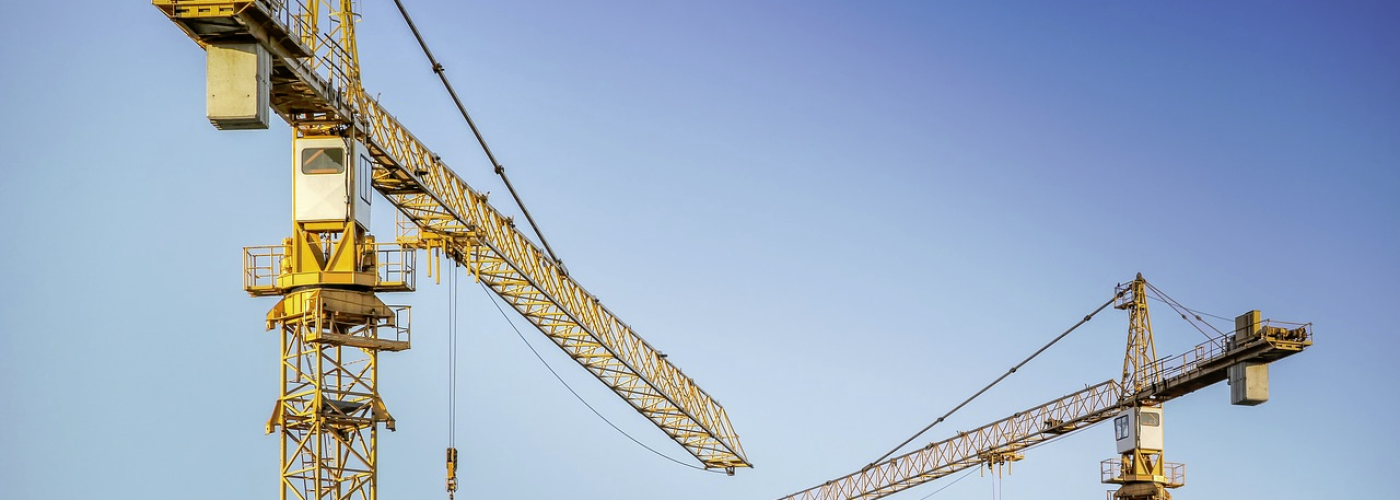In a sense, accidents in the construction industry are inevitable. All the safety standard improvements and preventative technologies in the world cannot completely eliminate human error from the equation, and so issues of this kind are a statistical certainty.
However, with figures showing that on-site injuries and deaths are actually growing in some contexts, it is clear that outright negligence still has a part to play in perpetuating the problem of construction accidents.
So let’s investigate this conundrum more closely, explore the avoidability of costly construction mistakes and look at what precautions can be taken to turn the tide in favor of business owners and workers alike.
Types of accident to take onboard
When it comes to the kinds of conundrums that workers typically encounter on-site, construction accident lawyers are kept busy by personal injury claims arising from third party negligence, product liability caused by defects in equipment and materials, and wrongful death.
The types of accidents which are most frequently reported are falls from height by the workers themselves, injuries suffered as a result of heavy objects falling from above, tripping over debris and equipment left in an inconvenient place, collisions between vehicles and the aforementioned equipment defects.
Claims can also be made as a result of long term side-effects of working in construction, such as if employees are not provided with adequate ear protection and thus suffer hearing damage.
However, claims from construction accidents aren’t only due to the injuries suffered by the employees. One may also file a wrongful death claim if a loved one dies in a particularly catastrophic incident.
In that case, a surviving family member may enlist the assistance of a dedicated lawyer who specializes in handling wrongful death claims to protect their rights and ensure a more favorable outcome.
The debate around avoidability
In the introduction, we argued that construction accidents are inevitable, but the point to be taken away is that they are still possible to avoid in most instances. As such, businesses and individuals need to do all they can to protect themselves and others from the financial and human cost of workplace hazards in this industry.
It is better to preempt the likelihood of accidents occurring rather than paying out compensation afterwards to make up for deficiencies.
For example, giving workers the right protective clothing and equipment to do the jobs they are assigned and stay safe on-site will mean that even if things go wrong, the chances of serious injuries occurring will be lessened. However, in the unfortunate event that an accident does occur, seeking advice from a construction accident lawyer can ensure proper legal steps are taken. There is a reason that head, ear and eye protection are all used widely in this industry.
Likewise you not only need to give workers the gear to operate safely, but also put policies in place to ensure protective equipment is used universally and in a way that aligns with the designer’s intent. Creating a culture of on-site safety has to come from the top down, so don’t get complacent about following PPE rules as this sets a bad example for others.
In addition to these points above, overseers must do their part to promote worksite safety. These include steps like:
- Encouraging vigilance: Your workers should pay attention to what’s happening around them and know the potential hazards.
- Enforcing proper equipment management: Your workers should use tools and equipment properly and follow the manufacturer’s instructions.
- Avoiding unnecessary risks: If your workers feel unsafe on the construction site, encourage them not to do it to prevent the risk of injuries.
- Reporting issues immediately: Train your workers to identify when a piece of equipment, process, or person is compromised. This way, the team can take immediate action and prevent serious losses.
By keeping these tips in mind, you can keep your workers safe and reduce the likelihood of fatal incidents.
The other aspects of negligence
Another often overlooked yet crucial preventative measure that can make all sorts of construction accidents avoidable is equipment maintenance. Well-maintained machinery, tools and vehicles will operate in line with expectations. Those that are left to fall into disrepair will expose the users and those around them to unnecessary hazards.
Furthermore, well maintained gear will last for longer and thus be a better value proposition, rather than needing to be replaced. So once again it is a financial advantage for construction firms to take safety seriously, as well as a moral and legal obligation. Otherwise, they’ll face serious consequences, such as legal liabilities, financial losses, and grave damage to their reputation.
Final thoughts
The fallout of serious workplace accidents in construction can be hard to quantify, and for businesses the costs can continue for years as a result of the damage done to your brand reputation.
Responsible employers have to be attuned to the safety implications of the workplace, and while not all construction accidents can be avoided, most should be if you plan ahead.





